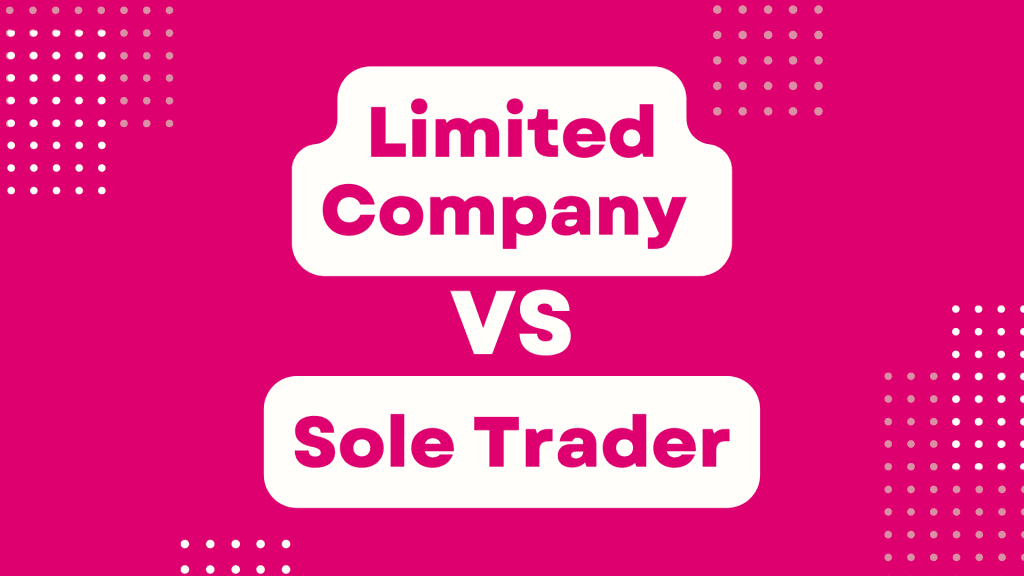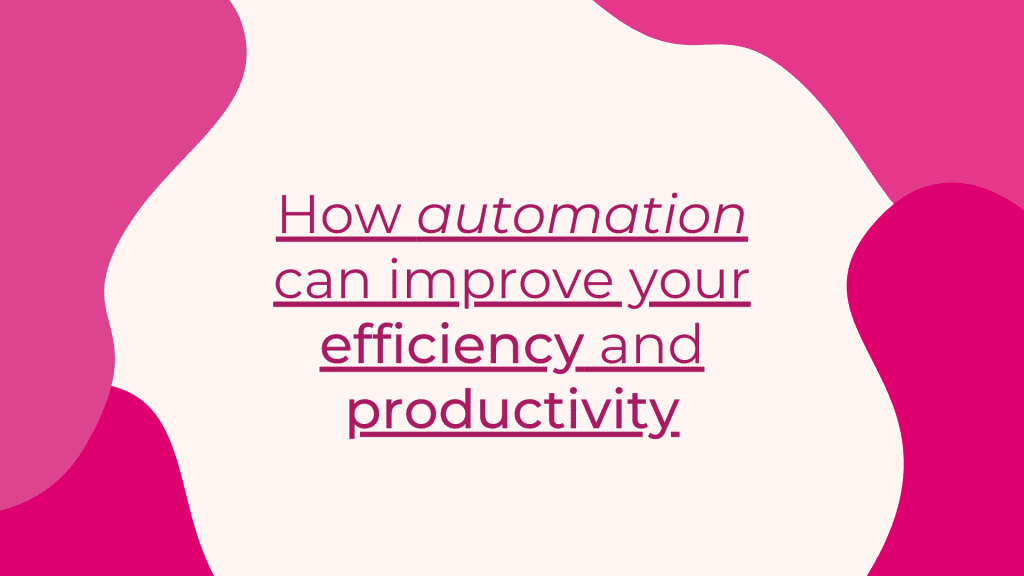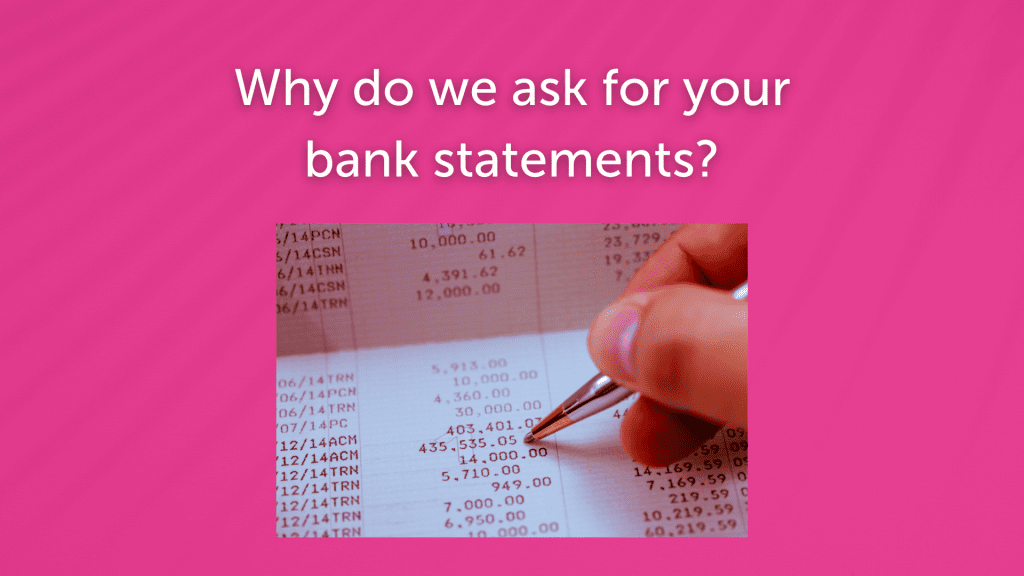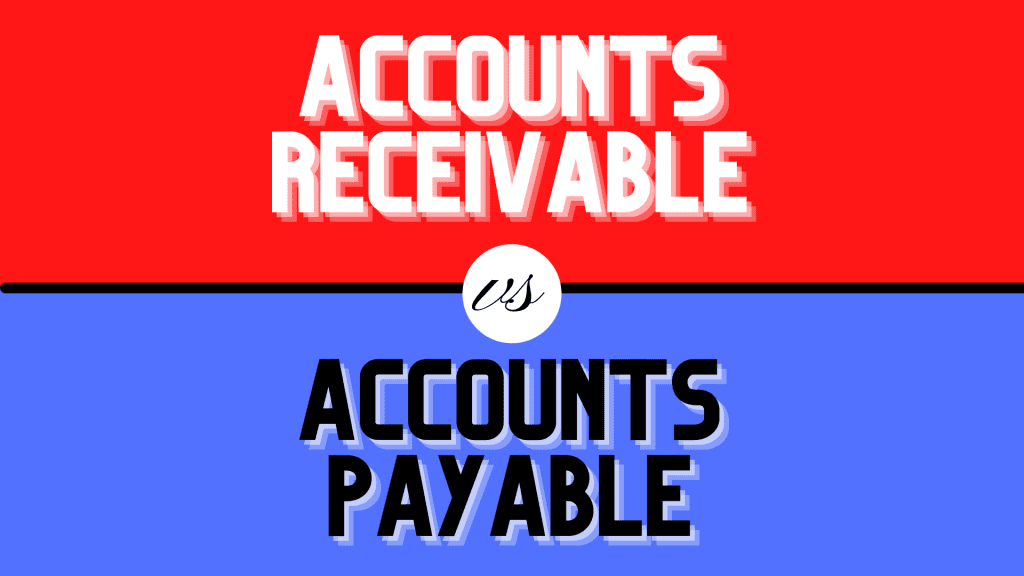
It’s no secret that hundreds of small businesses are suffering from increased wage costs and staff shortages. These issues span…

It’s no secret that hundreds of small businesses are suffering from increased wage costs and staff shortages. These issues span…

Have you been thinking about switching to a limited company because of the upcoming changes due to Making Tax Digital?…

Automation was already on the rise pre-pandemic, but now it has become a business priority. The positive benefits of automation…

Depending on which service you are on, you will find that you receive requests from members of our team asking…

No matter how big or successful your company is, maintaining business throughout a recession is hard. With fluctuating demands, losses…

When you as a business owner think of an accountant, you think of taxes, financial reporting, or loan applications. While…

I heard this saying recently, “you get the clients you deserve.” At first, I wasn’t sure what it meant so…

You can only manage your finances effectively if you know certain numbers and, as we all know, credit control leads…

Embracing change is the secret to business growth. It allows us to learn how to do things better and adapt…

In today’s competitive business world, it is not uncommon for people to do their own bookkeeping and accounting. There are…